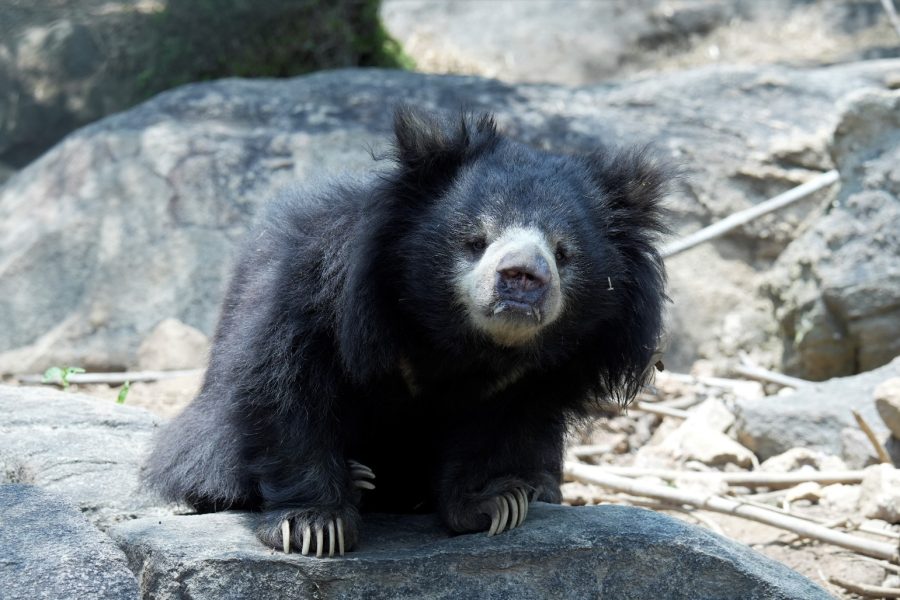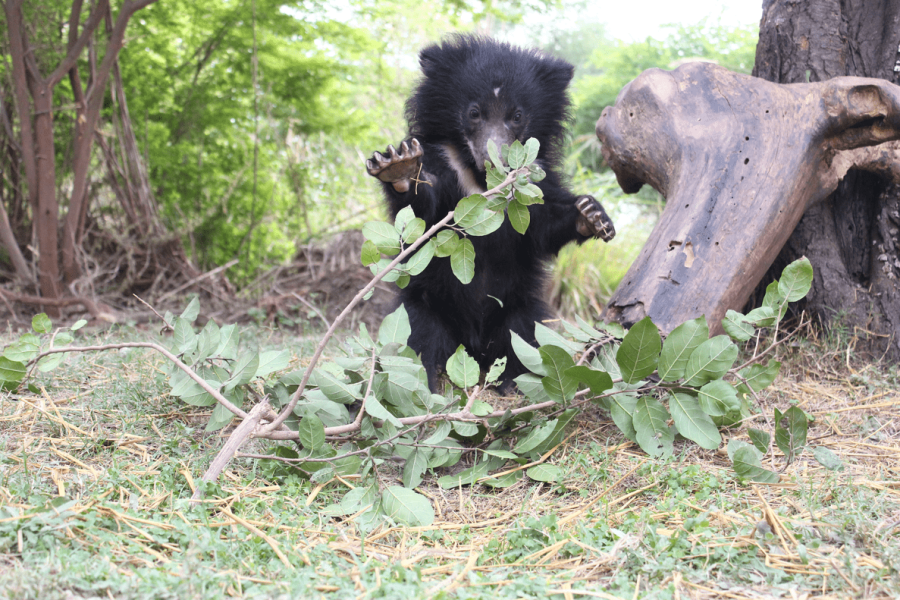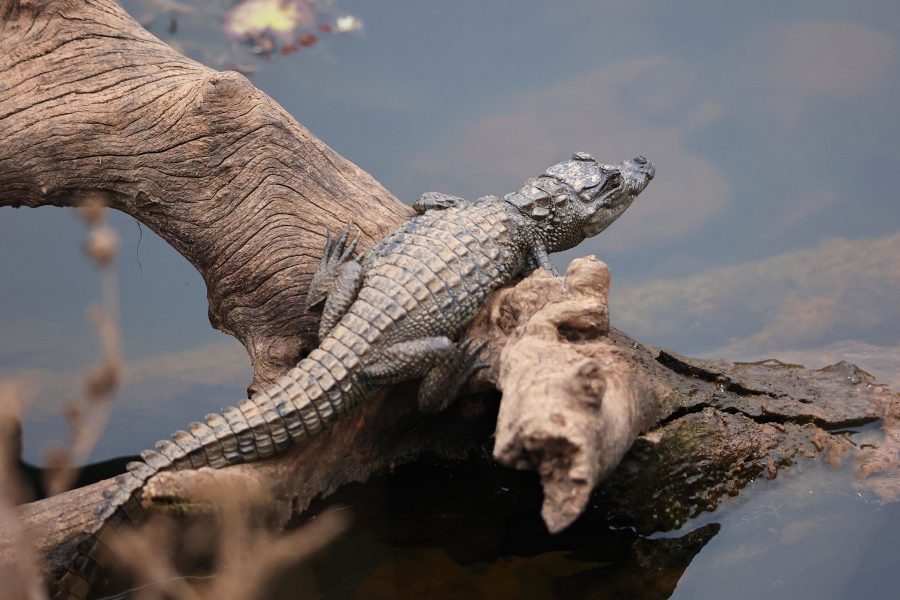Within our urban landscape and its chaotic lifestyle, we often seek ways to connect with nature and ourselves. What if we told you that there is a fun and easy way to do that? Birdwatching or birding is a technique that involves observing winged creatures in their natural habitat.
The idea of spotting birds may seem far-fetched at first, but once you start noticing the diversity of birds that exist around you, you will realize how delightful and refreshing this activity is! Avifauna is all around us, visually brilliant and aurally remarkable. And it is waiting to be explored! Ready yet? Get set! And…
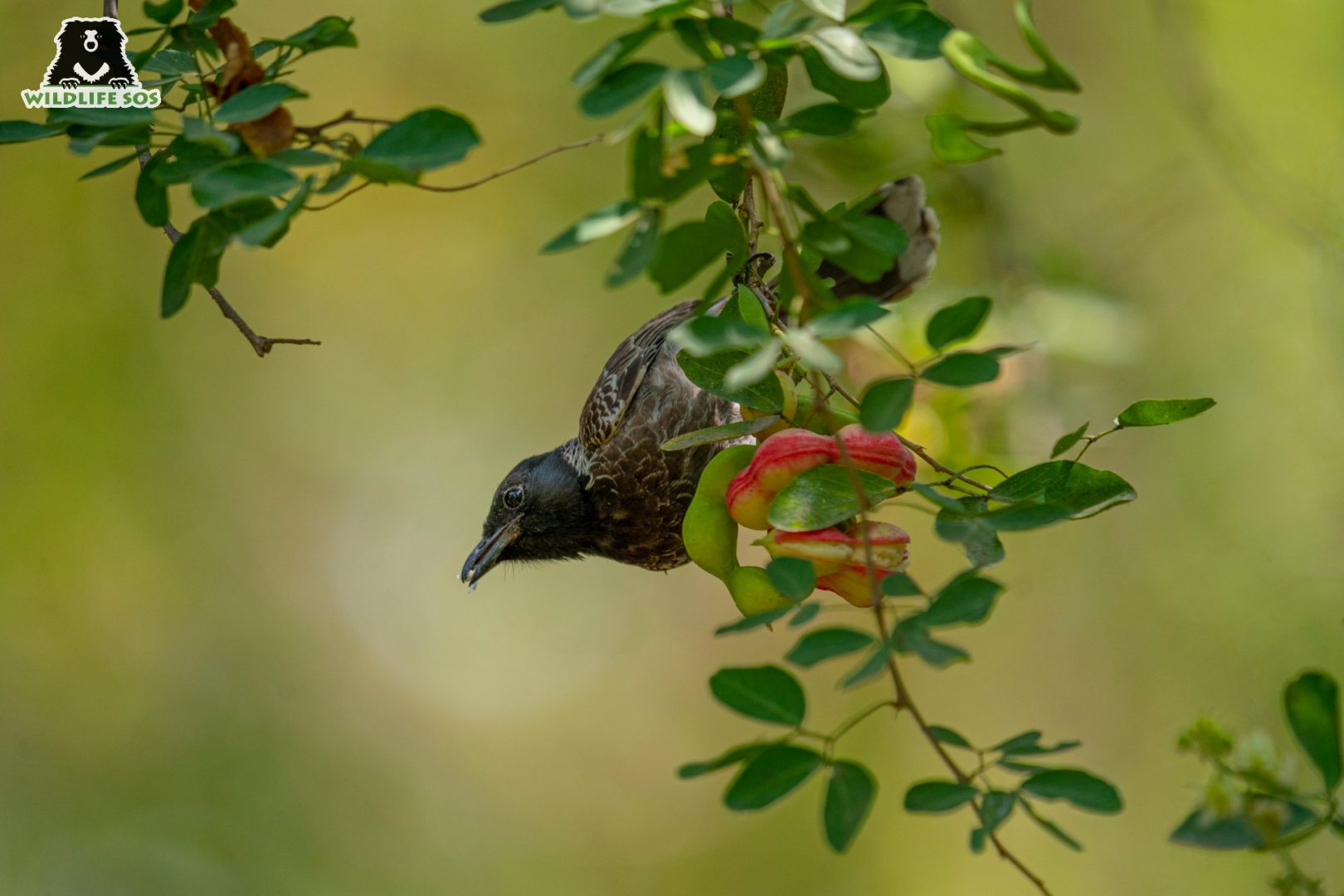
…Gear Up!
Before you step out to watch birds, ensure you’re carrying these birding essentials. These tools are sure to elevate your birding experience!
If you are in possession of a pair of good binoculars, it is sure to be your best birdwatching companion. It gives you a clear view of the bird, without causing it any disturbance. A spotting scope is terrific to carry albeit its hefty size and weight. Capturing a bird on camera comes in handy when one is unable to identify a species there and then. Lastly, don’t forget to keep yourself hydrated while birdwatching!
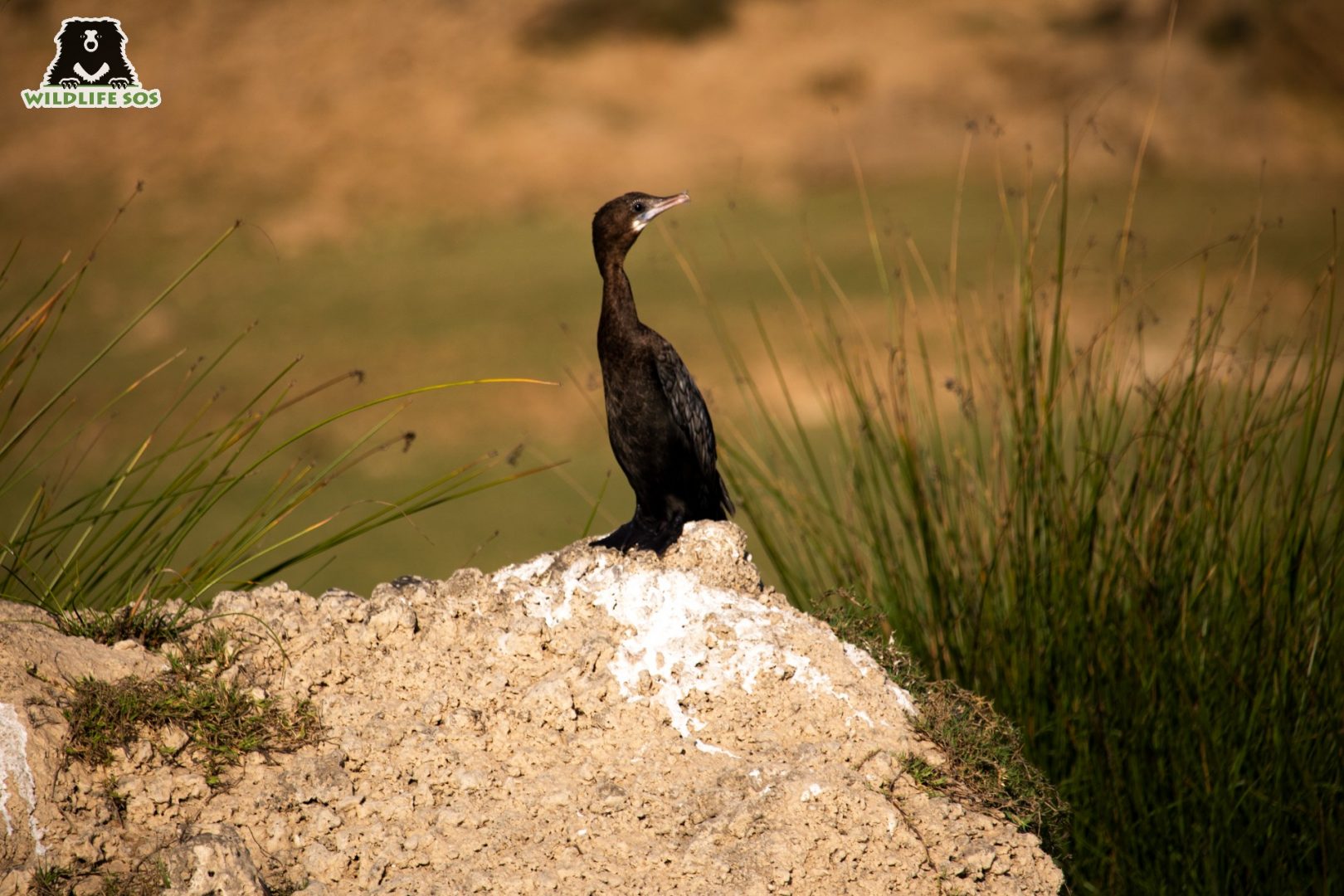
A guidebook or a mobile application (like E-bird) always helps to maintain a record of your sightings. Carry a journal or notebook to write down your observations: the name of the bird, its unique features, habitat, the number of them you spotted, and, if you like, a rough sketch of it too!
Where To Go?
Birdwatching is indeed a great motive to take a walk – be it on the streets, within sanctuaries, or even in your backyard! You’ll be surprised to know that protected areas and nature reserves are not the only places to observe birds. Even vast university campuses have proved to be birdwatching hot spots. One of the ways to connect with fellow birders is by registering for nature walks and taking part in bird count activities.
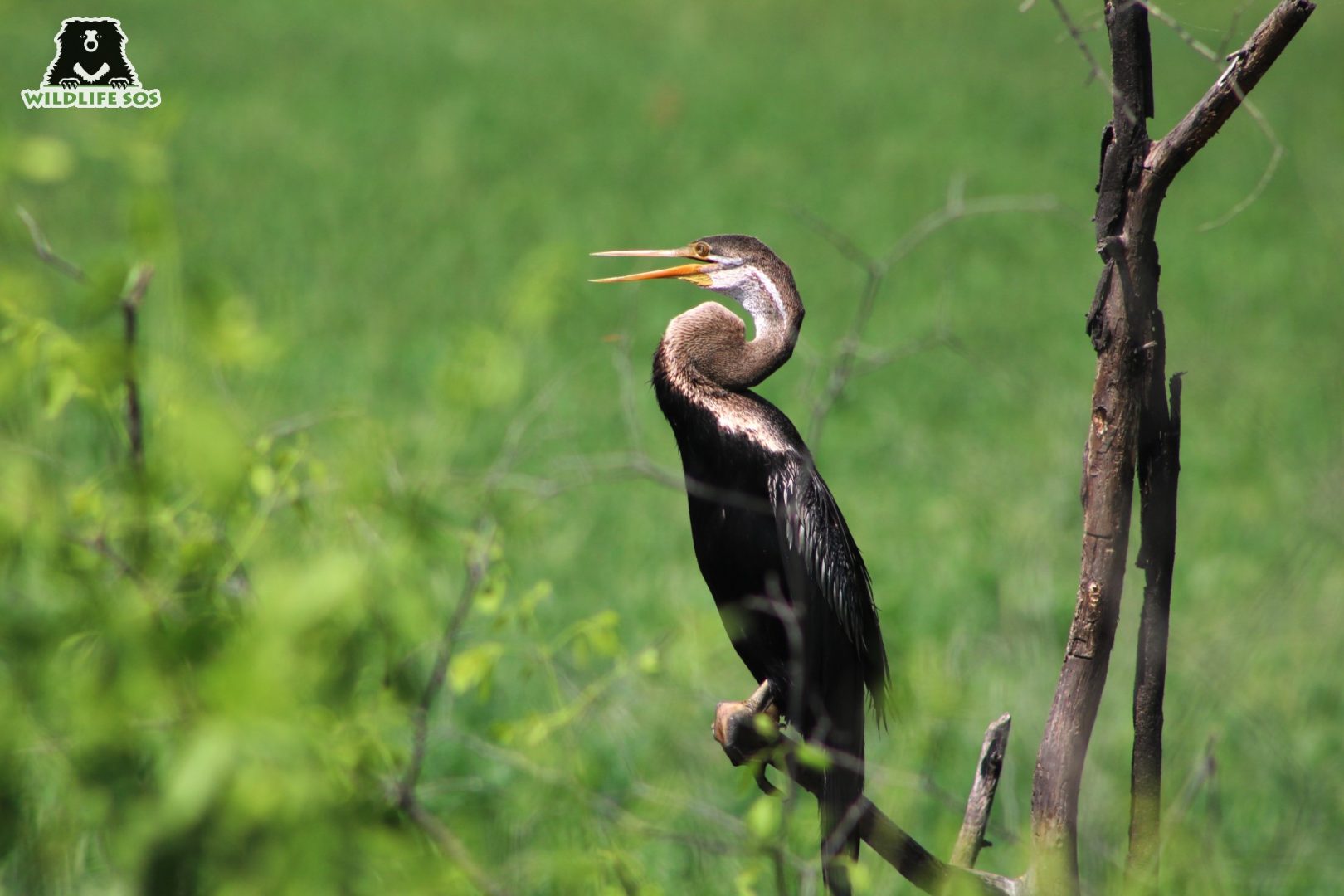
Birdwatching is possible wherever you go. For instance, if you are around a wetland, you’re most likely to spot species like Cormorants, Flamingoes, Darters, Egrets, and Kingfishers. Over centuries, these birds have evolved and adapted to life around water. Oriental Darter, commonly known as the snakebird, mostly feeds on fish. Watch out for its unique posture: the bird’s body is submerged in water, and its snake-like neck remains above the surface to prey on fish.
Follow The Cues
Generally assumed to be a visual activity, birdwatching can be aided with audio cues as well. With experience, one may rely on sounds to identify bird species. Red Wattled Lapwing, a common inhabitant found in India, can easily be singled out on the basis of its call that sounds like “Did-he-do-it”. Purple Heron, a rather secretive species, often camouflages in reedbeds around shallow freshwater bodies of India. Its high-pitched sound “frarnk” can be helpful in identifying the bird from afar. Coppersmith Barbet is another species, which is easily identified from its repetitive sound of “tuk-tuk-tuk”. This vibrantly coloured bird got its name from the sound it creates which is likened to a coppersmith beating a sheet using a mallet!
Another cue to find birds are the clues they leave as they go about their day. See fallen fruits or seeds? Look up! A parakeet may be peeking through the leaves. Spotted holes in trees? Wait a bit… an owlet or two may peep out. Chipped barks and peculiar nests also help identify which birds have created them. Known for their elaborate weaving skills, Baya Weavers may not be commonly seen, but their pendulous-shaped nests are unmissable! They can be seen hanging from trees with a long vertical tube made of grass and leaves.
Identifying Your Bird
Identifying birds can be challenging… but once you do figure out who it is, you’ll be game to identify more! For starters, make note of the bird’s characteristics – its size, shape, structure, colour, and any discernible pattern. Numerous species have been named after their most significant trait. The adult male Purple Sunbird, for instance, has a glistening metallic blue plumage in its mating season. Indian White-Eye, a small passerine, is named after the white ring around its eye. Unique physical features like the crown on the Indian Hoopoe, the forked tail of a Drongo, and the vibrant red bill of a white-throated Kingfisher become easy pointers to identify the bird in a fleeting glance!
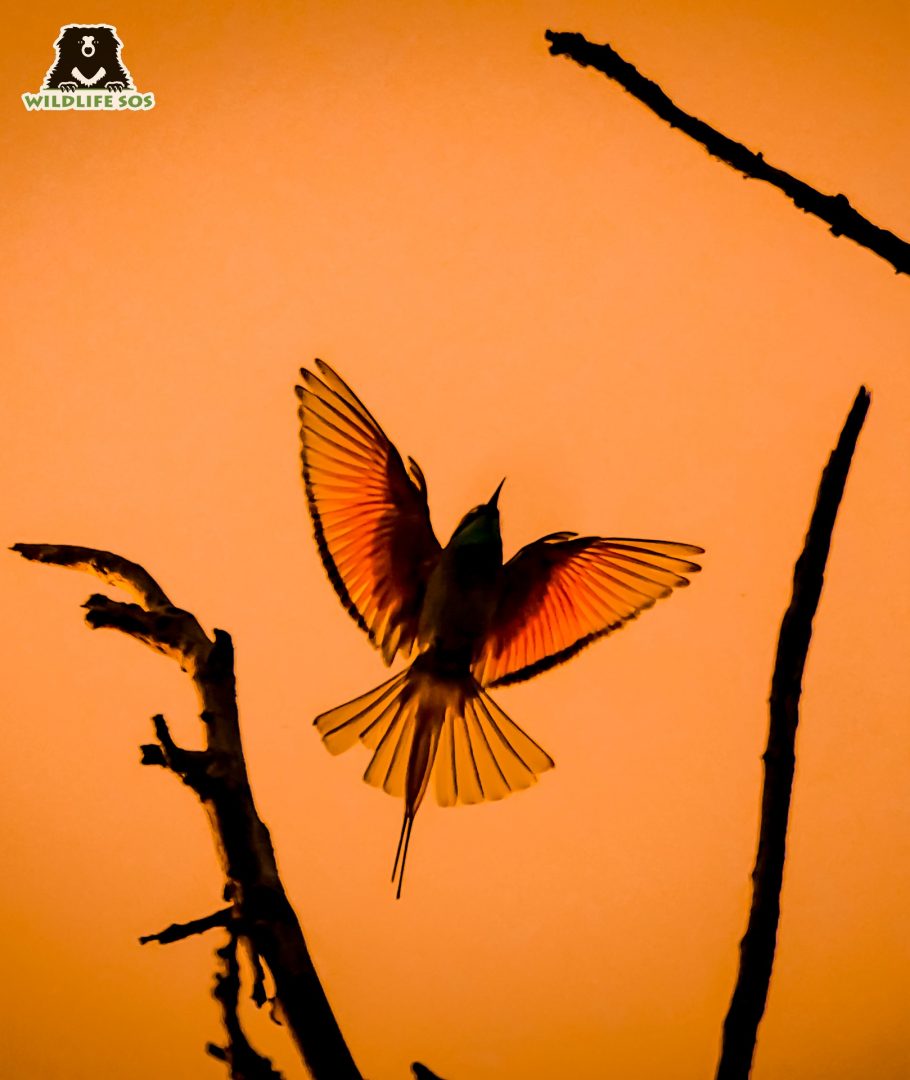
Over time, one tends to further observe their habitat, surroundings, and behaviour. The gregarious Jungle Babblers move around in flocks, which has led them to be known as the “seven sisters.” Woodpeckers can be seen pecking the tree not just to feed on insects, but also to chisel out a nest. One can spot Green Bee-Eaters hovering around trees and bushes to feast on bees and insects. Found across coastal estuaries are the Indian Skimmers, who display their unique ability to skim over water with their scissor-shaped open beaks to collect fish!
The Best Time To Birdwatch
It is always the right time to observe birds! Migratory birds visit us all year round, and you can be an active birder if you record your seasonal sightings! And you’ll always have the resident birds around to welcome you!
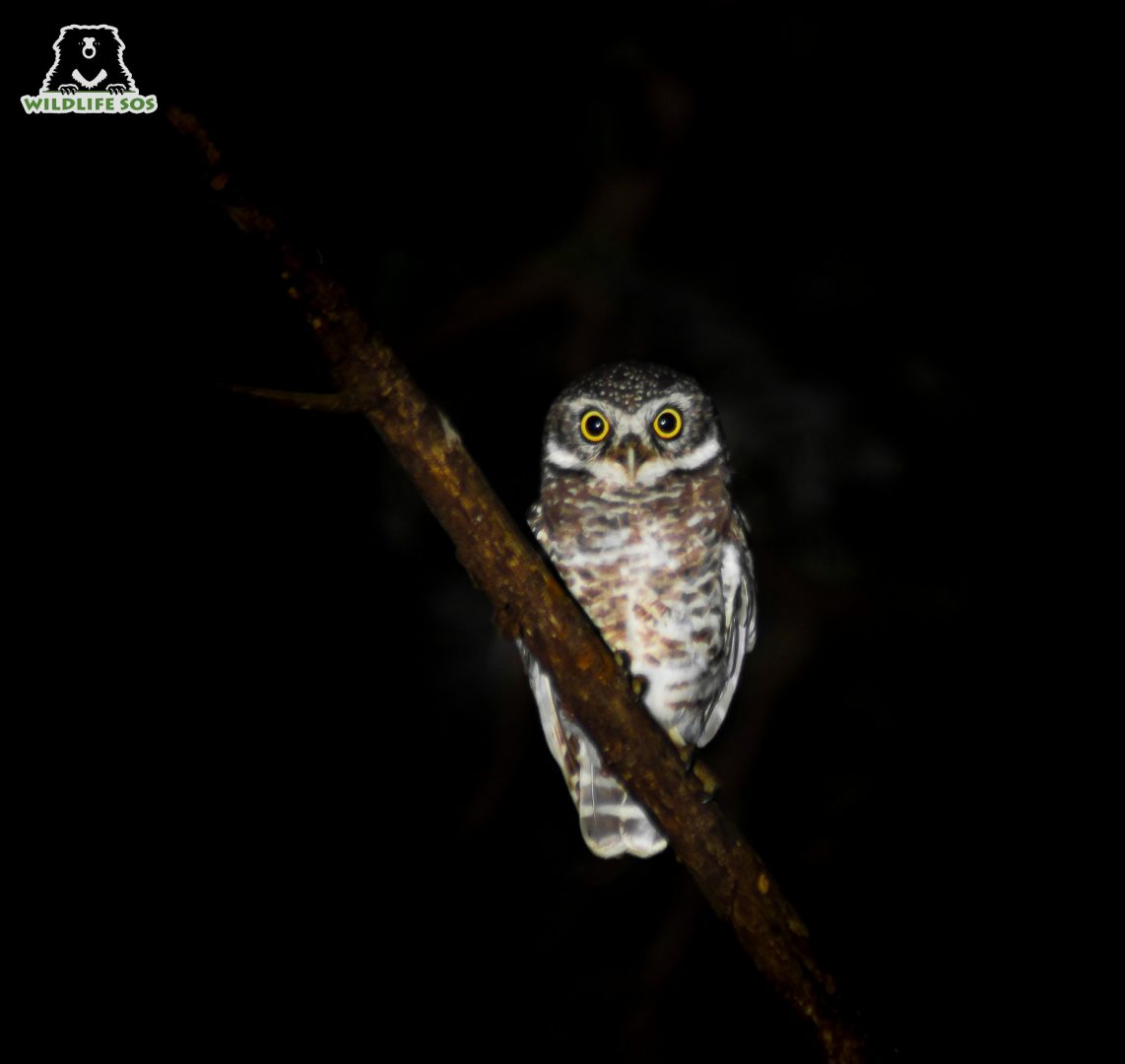
The best time of the day to go on a bird walk would be during the earlier half of the morning and in the evening, before the sun sets. Bird activity is relatively low during the afternoon hours. However, keep in mind that every bird species has its own routine. Frogmouths, Nightjars, and some species of owls are active during dusk and are called crepuscular and/or nocturnal birds. Some species of owls are active even during the day. Wading birds are best spotted during the early morning hours. For instance, freshwater duck species like Spot-billed duck, common teal, pintail, and shovellers, are easily seen prior to peak sunlight.
Birdwatching Tips To Remember
- Engage in ethical birdwatching and bird photography. Recently, a shocking event about bird fatality after it was disturbed in its natural habitat for a photo-op, serves as a cautionary tale for birdwatchers to be mindful of their behaviour.
- Patience is the key. Birding is all about slowly adapting to the natural environment, thus observing natural bird activity at its best.
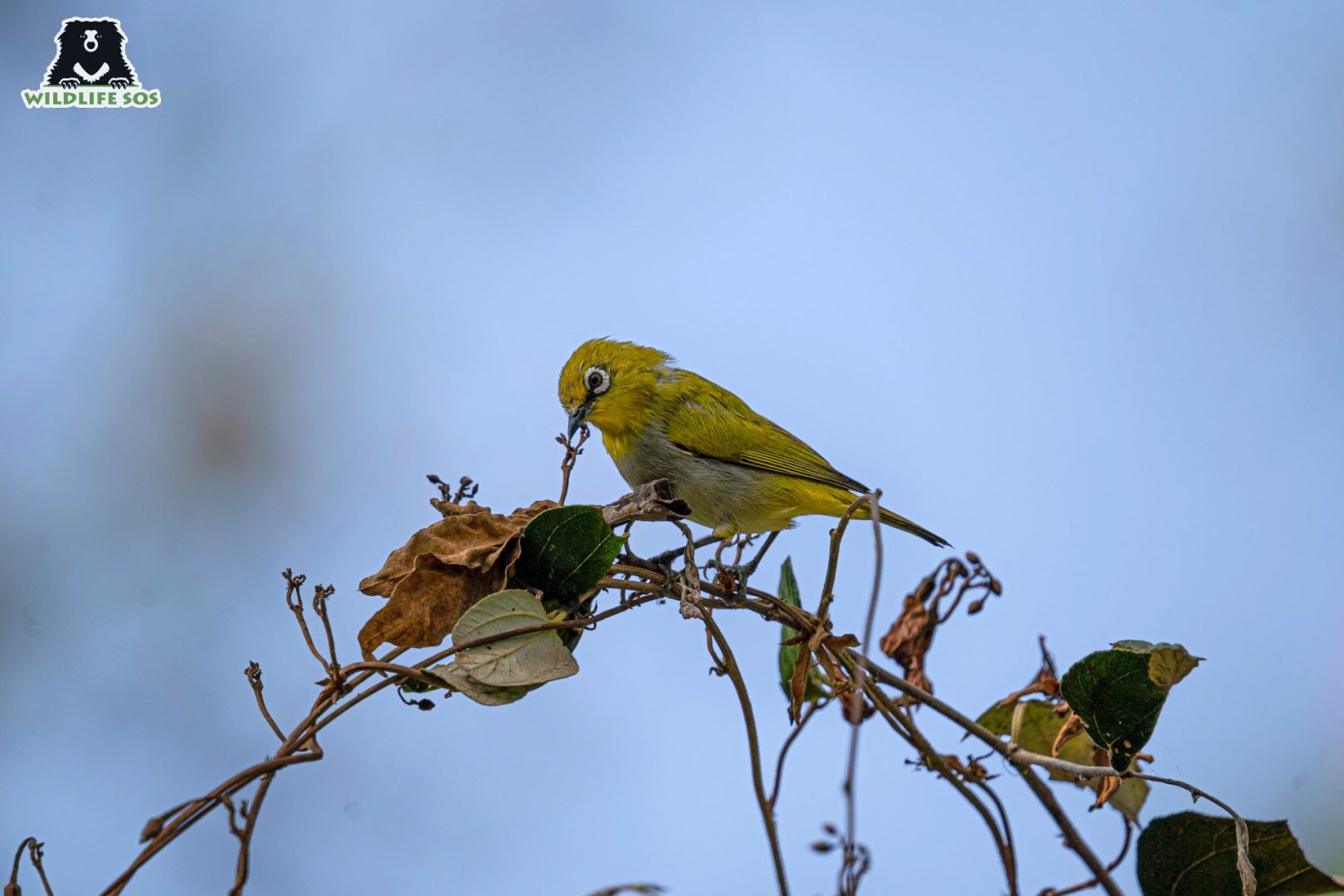
- Wear appropriate attire. Try to blend in with your surroundings in neutral or muted colours.
- Respect nature as well as fellow birdwatchers.
- Follow the rules and regulations set by any protected area.
- Enjoy the beauty inquietude. Noise will alert the birds and will scare them off.
- Avoid using speakers to play bird calls. Laser pointers and spotlighting are disrespectful methods and do not qualify as ethical birdwatching.
- Do not disturb breeding birds, bird nests and/or eggs, and bird offsprings. These are part of a bird’s life cycle, and one must never interfere with them.
- Refrain from littering. Leave the place as you would love to find it next time.
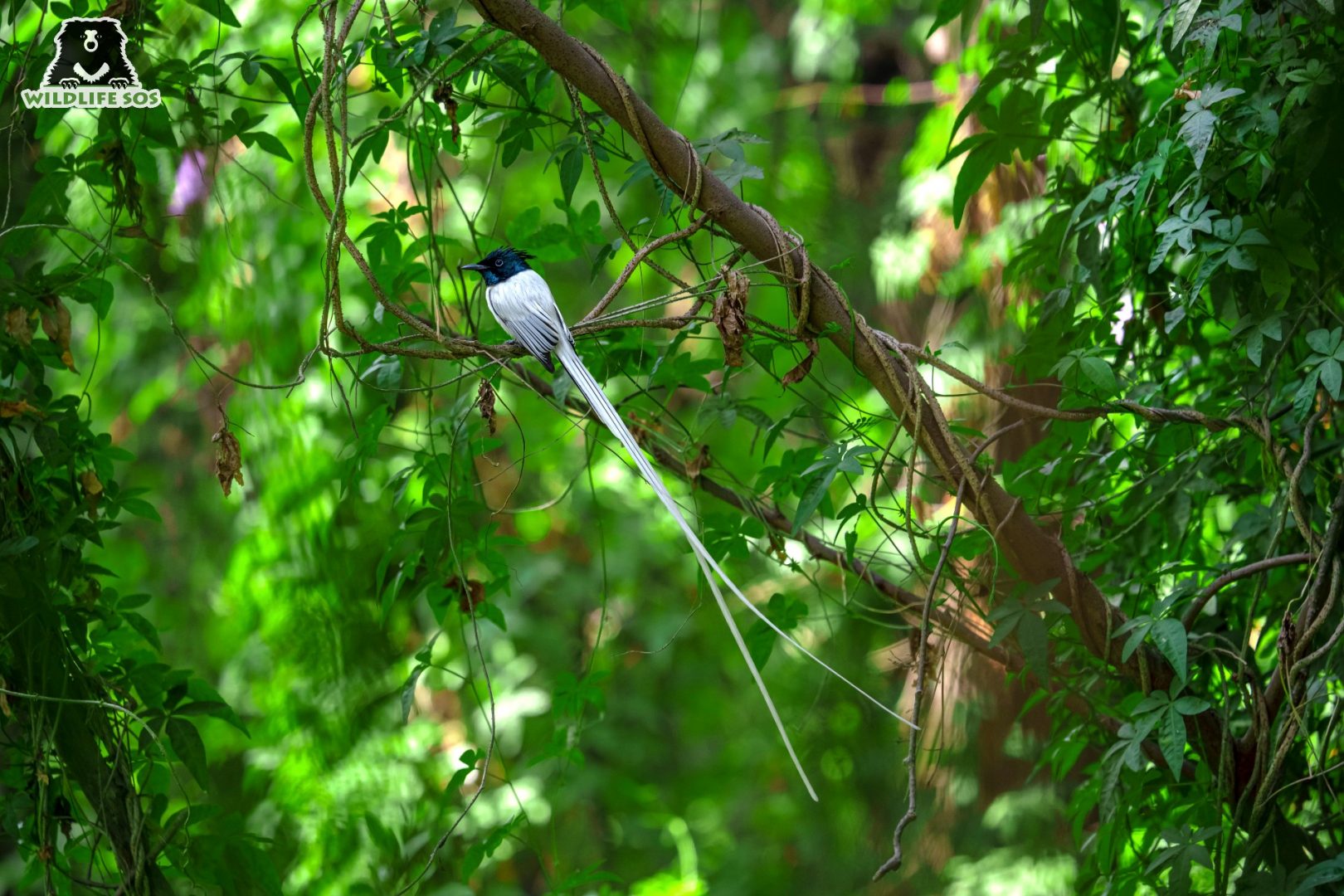
Avian species are a significant part of the urban landscapes across India. So why miss the opportunity to observe them? Grab your gear and get to birdwatching… the right way!
Wildlife SOS engages in numerous activities around awareness and education about wildlife. You can be involved and support the noble work by donating to us.


